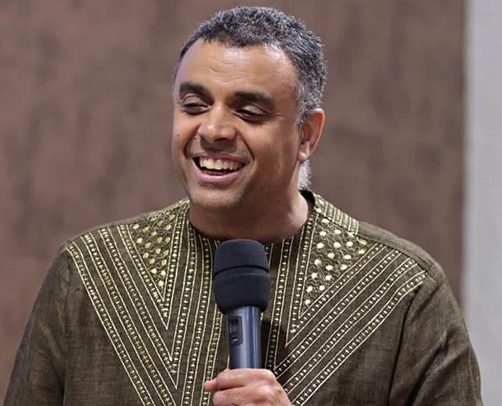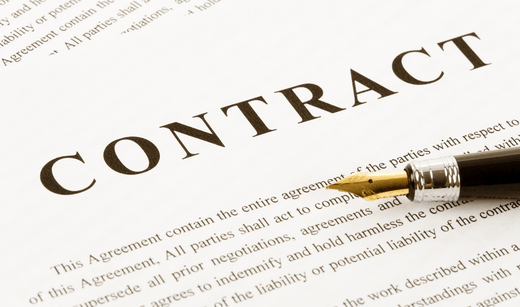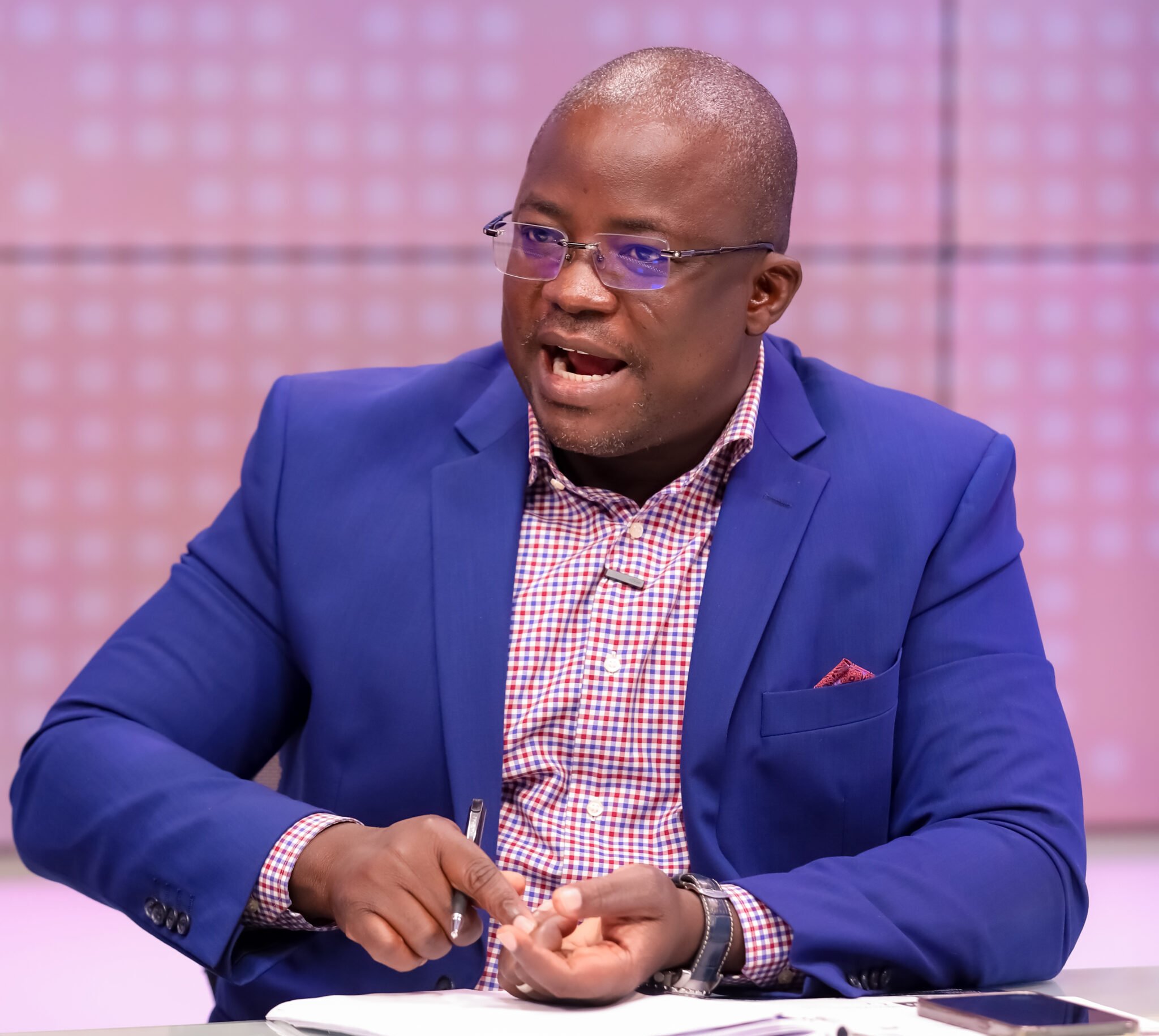

Private debt collectors recovered $6.7 million of the $920 million in tax debt they were assigned in 2017 despite the program costing the IRS $20 million.
- A 2015 bill directed the Internal Revenue Service to begin using private debt collection agencies to recover some outstanding tax debts.
- The program cost $20 million in fiscal year 2017, but the private collectors only regained $6.7 million of the $920 million of debt assigned to them.
- The private collectors also disproportionately collected from low-income Americans and from people getting Social Security benefits.
- Private collection of outstanding tax debt was also tried from 1996-1997 and 2006-2009. Both times, the program was ended because it lost the IRS and the government money.
The Internal Revenue Service paid $20 million to private debt collectors in fiscal year 2017 as part of an effort to recoup unpaid taxes, an initiative kicked off by a 2015 bill from Congress.
There's one problem: the private collectors only recovered $6.7 million.
According to a new report from the IRS internal consumer advocate, the Taxpayer Advocate Service, the private debt collection brought in only a sliver of the amount it was designated to recoup. And it ran afoul of some of the program's designed guardrails.
The IRS assigned private collection agencies (PCAs) $920 million in "inactive tax receivables" — or outstanding tax payments. That means the PCAs got back just 0.7% of the money assigned, while the program to retain the collector cost over three times as much.
"Thus, it does not appear that PCAs are particularly effective in collecting the debts assigned to them," the report reads. "In any event, the cost of the PDC program thus far exceeds the revenue it generates."
The report also found that the agencies disproportionately received payments from people of low incomes. Overall, 44% of the people who made payments to the collectors make up to 250% of the federal poverty limit, around $31,000 for an individual.
The Taxpayer Advocate Service also found that in many cases, the PCAs were entering low-income Americans into payment plans that were unaffordable and financially burdensome.
Additionally, the service found that some of the payors to private collections agencies were Social Security recipients, despite the law forbidding the agencies from going after people on Social Security.
The push to privatize the collection of outstanding taxes was a long-time goal of congressional Republicans, though the 2015 law that created the new program as a way to pay for infrastructure investment had bipartisan support.
It is also not the first time PCAs have been utilized by the IRS for collection purposes. These collectors were used from 2006 to 2009 and similar to the current situation, the program lost money.
In a 2014 letter to members of Congress discussing the possibility of using the PCAs again, Nina Olson, the head of the Taxpayer Advocate Service, warned that the program from 2006 to 2009 was a failure.
"Based on what I saw, I concluded the program undermined effective tax administration, jeopardized taxpayer rights protections, and did not accomplish its intended objective of raising revenue," Olson wrote. "Indeed, despite projections by the Treasury Department and the Joint Committee on Taxation that the program would raise more than $1 billion in revenue, the program ended up losing money. We have no reason to believe the result would be any different this time."
Another effort to partially privatize the debt collection functions of the IRS from 1996 to 1997 similarly result in failure and the termination of the program.
Private debt collectors recovered $6.7 million of the $920 million in tax debt they were assigned in 2017 despite the program costing the IRS $20 million. Read Full Story























Facebook
Twitter
Pinterest
Instagram
Google+
YouTube
LinkedIn
RSS